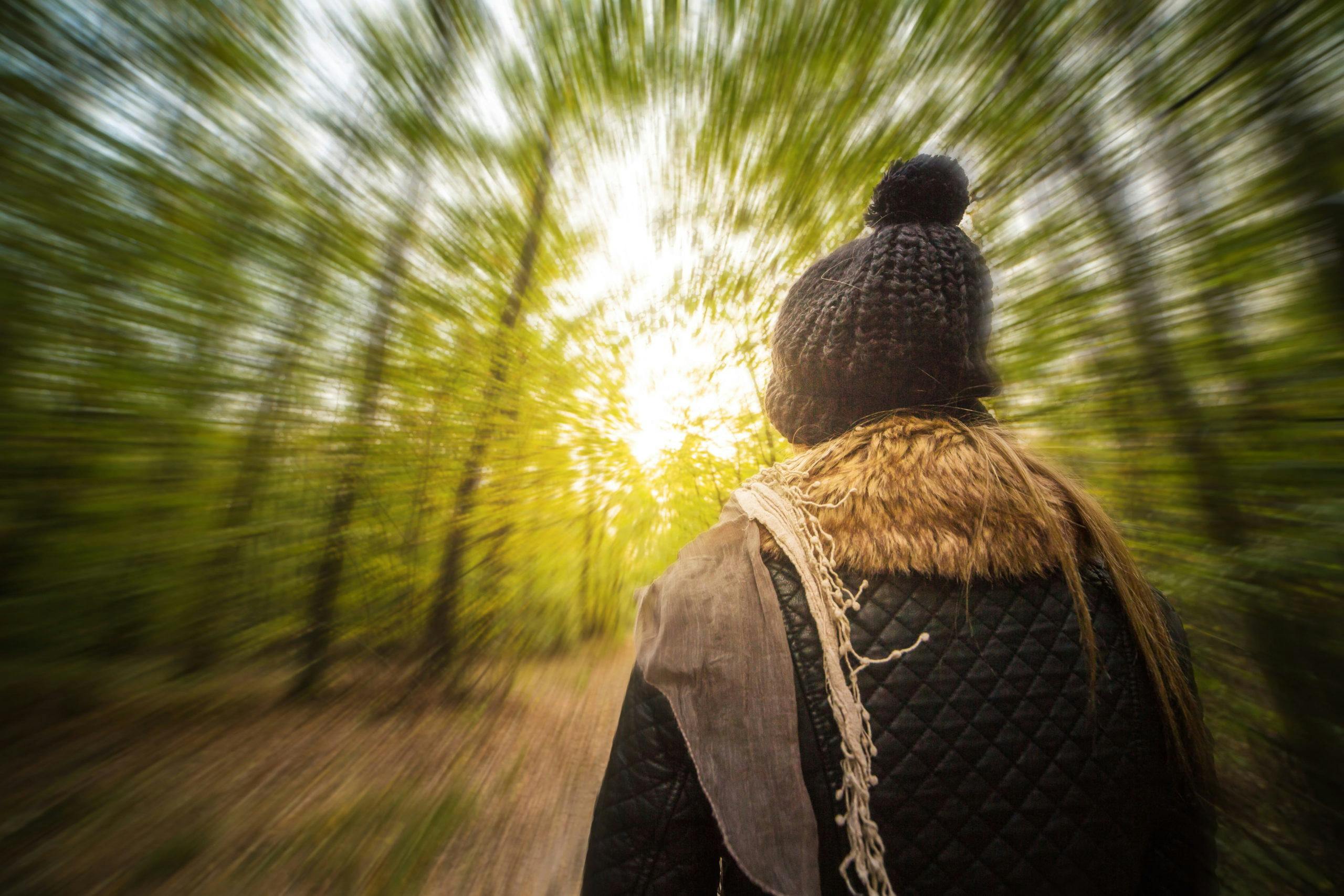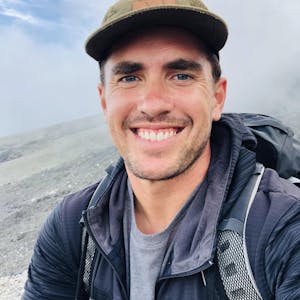The one thing that stood out about the stranger on the trail on that overcast summer’s day was that his mood was suspiciously chipper.
“He was as cheery as anything,” Luke* says. “He was really happy about life.”
The encounter was short-lived, but they met again at the hut that night and sparked up a conversation.
The stranger explained that he had been microdosing LSD (Lysergic acid diethylamide) during the multi-day hike.
He said the experience had been amazing and offered to share microdoses with Luke and his friends.
Typically risk-averse, Luke accepted the stranger’s offer. He had taken LSD before and had read about the popularity of microdosing amongst elite athletes and entrepreneurs.
He was confident that a microdose – typically one-tenth of a full dose – wouldn’t alter his consciousness at all.
“The dose is really, really small. This is not a ‘drug’ experience, this is much more akin to drinking a strong coffee,” he says.
“The dose is less than half the minimum dose needed to feel any effect.”
So the next morning he and his friends dropped a tiny tab of acid in the hut before hitting the trail on one of New Zealand’s iconic Great Walks.
“Honestly,” Luke says, “it’s the best day’s tramping I’ve ever had in my life.”
There were no mind-altering effects. No hint of hallucinations. Not even a “buzz” that you might get after a couple of beers.
But, Luke says, he felt more focussed, energised and “bouncy”, as though the day was tinged with happiness.
The experience, which he intends to repeat, has led him to ask the question: ‘Is microdosing the biggest innovation in the outdoors that no one’s talking about?’
Microdosing LSD and psilocybin (magic mushrooms) hit the mainstream in recent years thanks to its widespread use in Silicon Valley start-ups where it’s said to support focus, creativity and productivity.
It’s also been linked to high-level sports, including climbing, mountaineering and skiing, where it’s said to help facilitate ‘flow state’ – a mental state in which a person is fully immersed in the experience and acting intuitively.
LSD and magic mushrooms are Class A drugs in New Zealand, which has forced their use underground and means few people are willing to talk publicly about their experiences with them.
But researchers at the University of Auckland are currently undertaking one of the world’s first extended studies into the effects of microdosing LSD on mood, creativity, focus and cognition.
If scientific studies support anecdotal evidence, then LSD could emerge as a proven performance enhancer – albeit an illegal one.
A keen adventurer, Luke says he’s had “numerous conversations” that suggest microdosing in the outdoors is relatively common in New Zealand.
“The people I’ve met who actively microdose aren’t the types I’d pick as trippers. They’re often accomplished mountaineers and what I would consider sensible hikers.”
Used safely, he says it could improve focus and stamina on long, hard expeditions, helping to prevent lapses in concentration and judgement that result in accidents or worse.
And he’s not alone in thinking this.
New Zealand author and athlete James Oroc, who has been immersed in the United States outdoors scene, has written about the prevalence of LSD in sports.
In an article titled Psychedelics in Extreme Sports, he writes that people have climbed some of the hardest big walls in Yosemite National Park, competed in world-class snowboarding competitions, surfed enormous Hawaiian waves, ascended remote peaks, and even summited Mt Everest while under the influence of LSD.
“LSD can increase your reflex time to lightning speed, improve your balance to the point of perfection, increase your concentration until you experience ‘tunnel vision’, and make you impervious to weakness or pain,” he writes.







